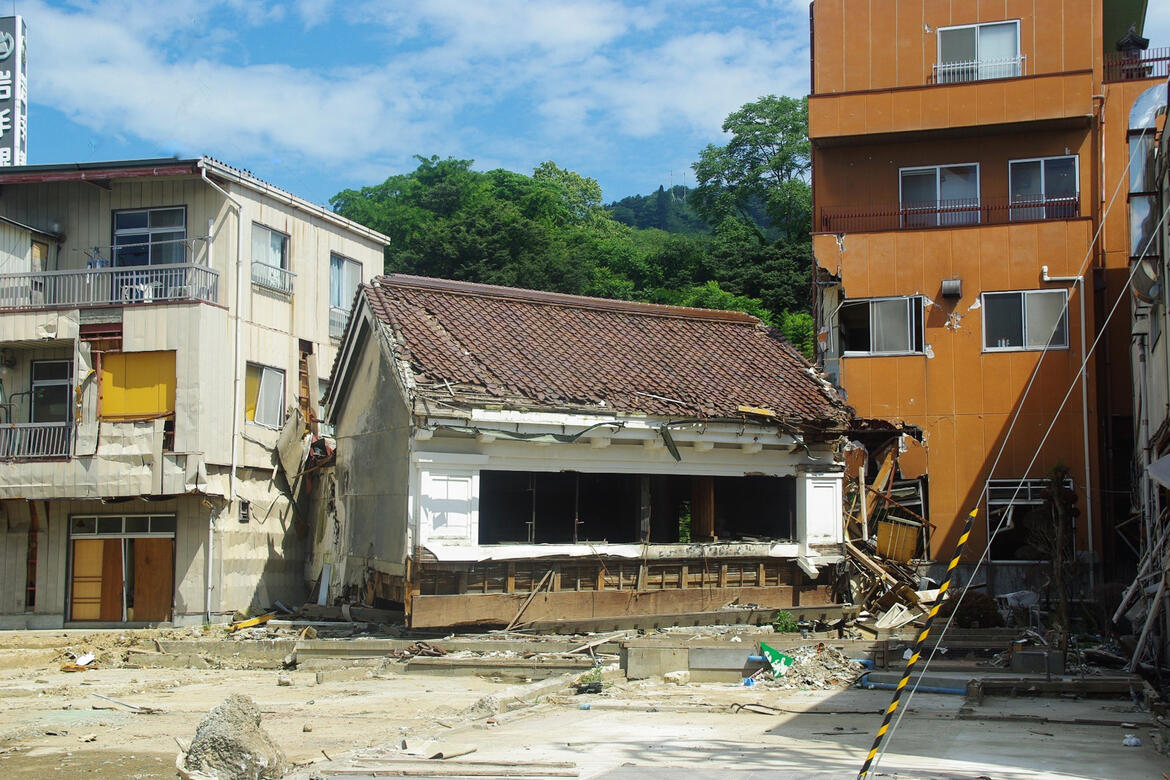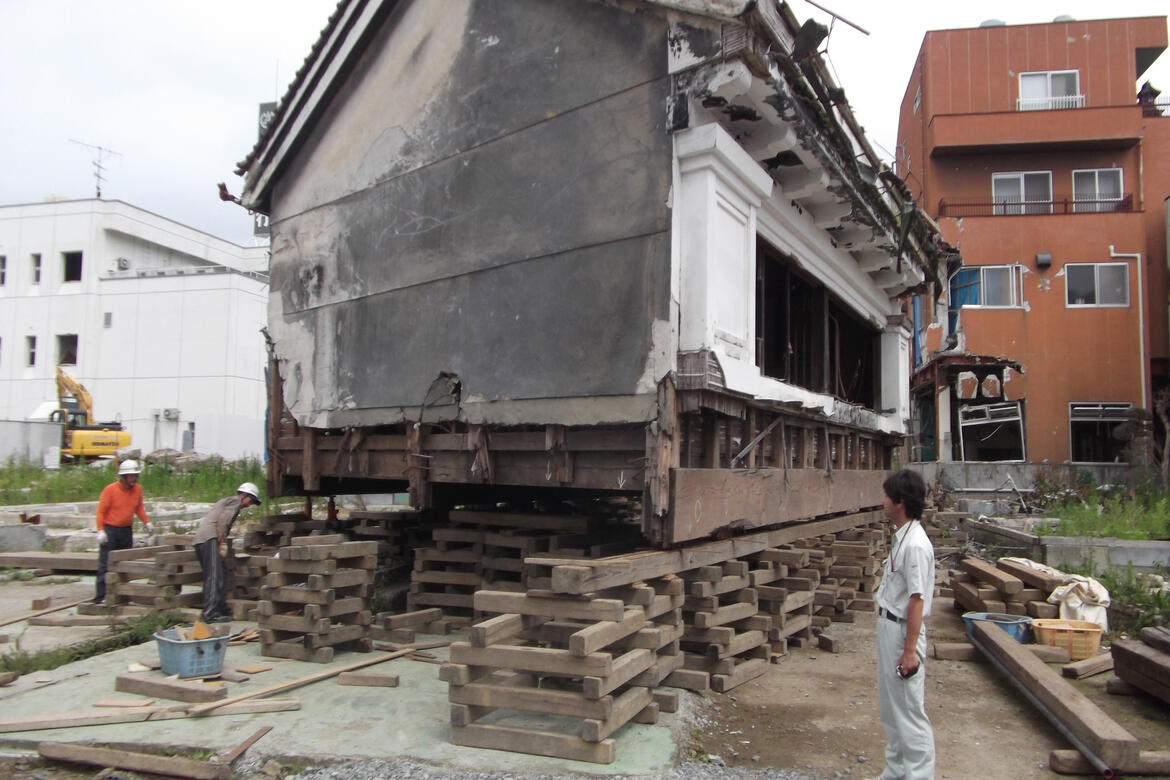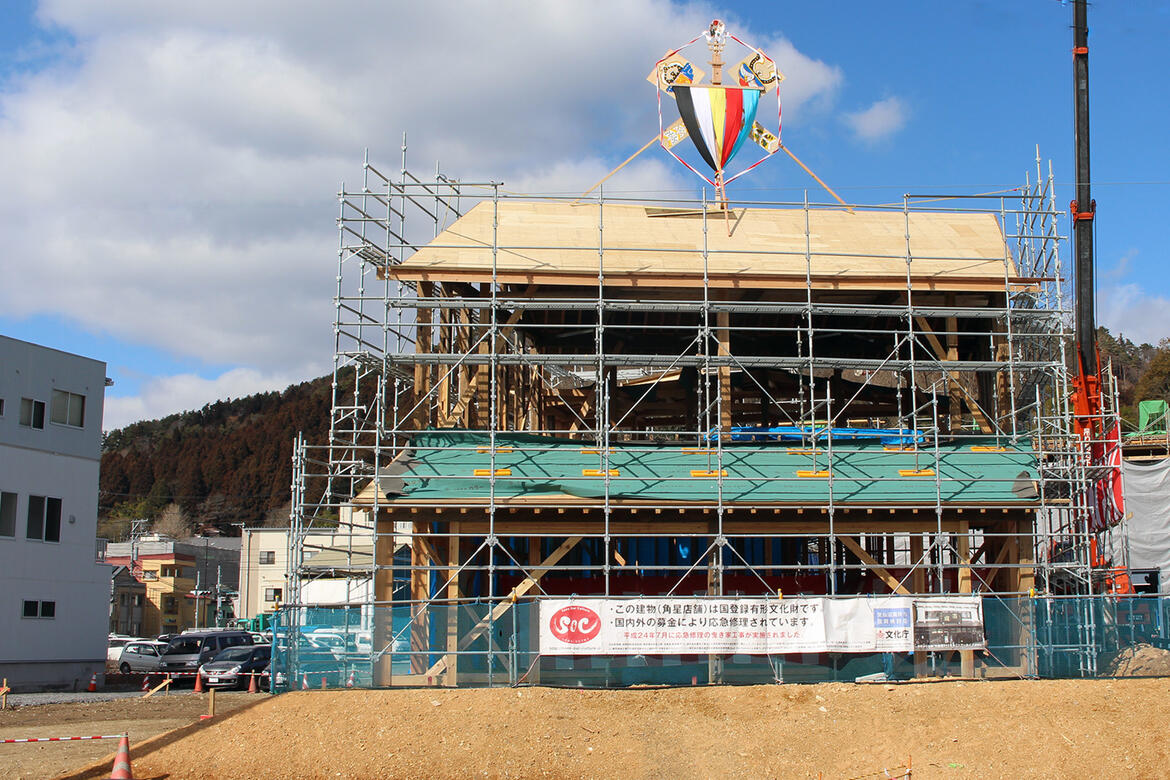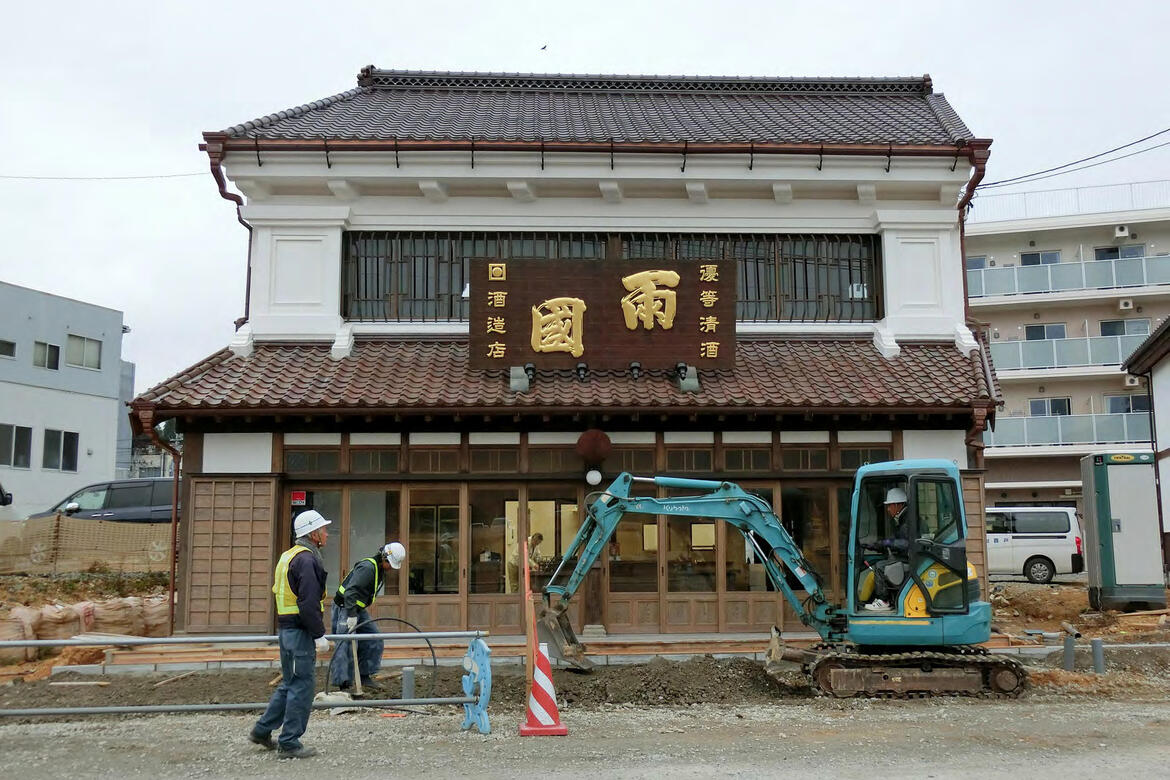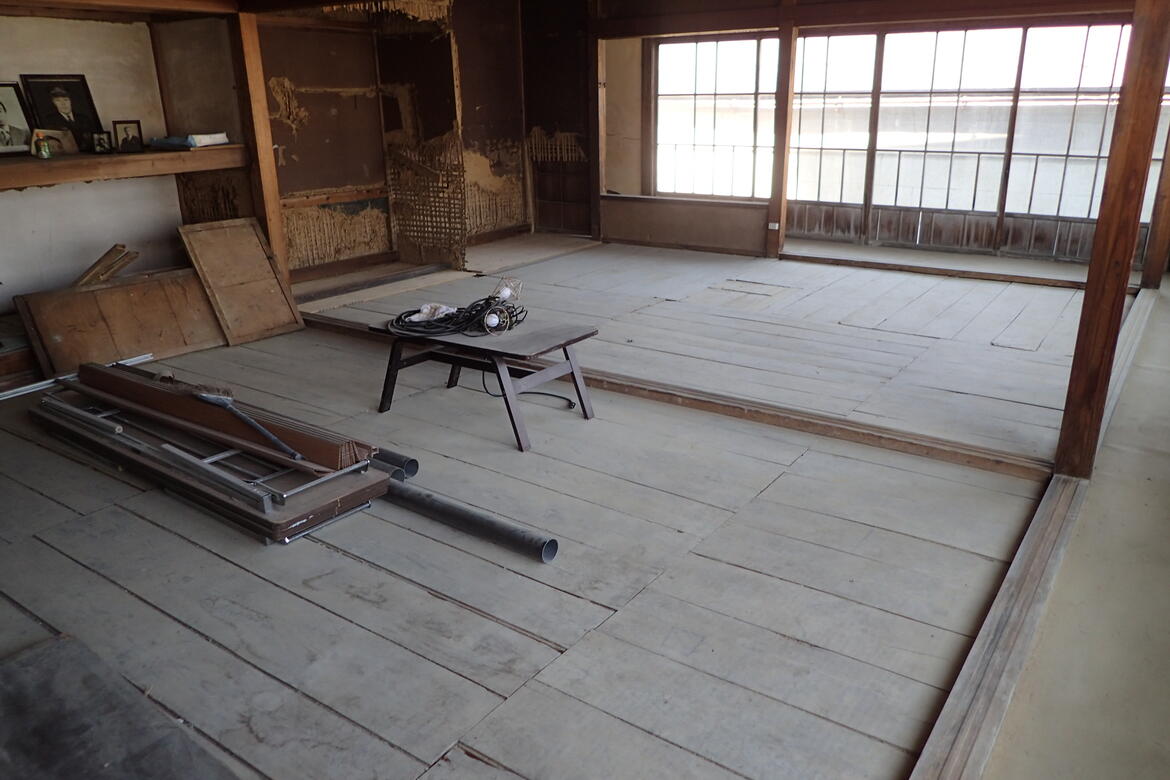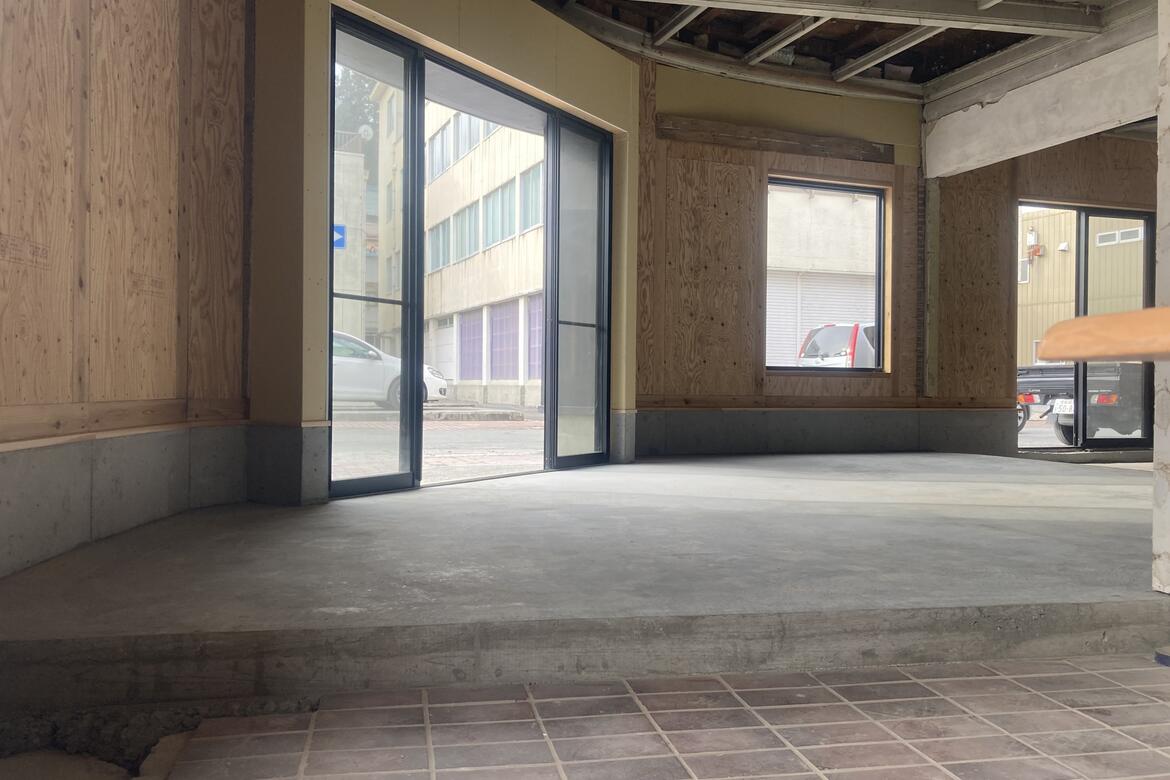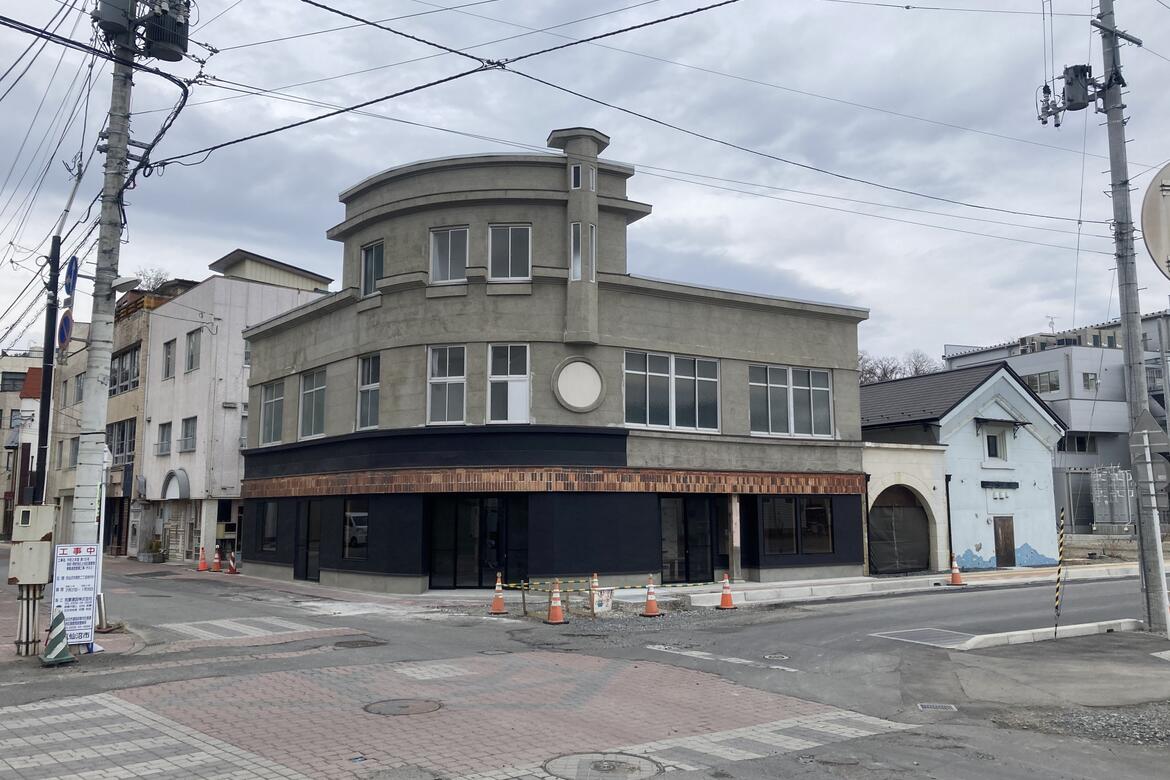Kesennuma and the Great East Japan Earthquake: A Story of Resilience and Recovery
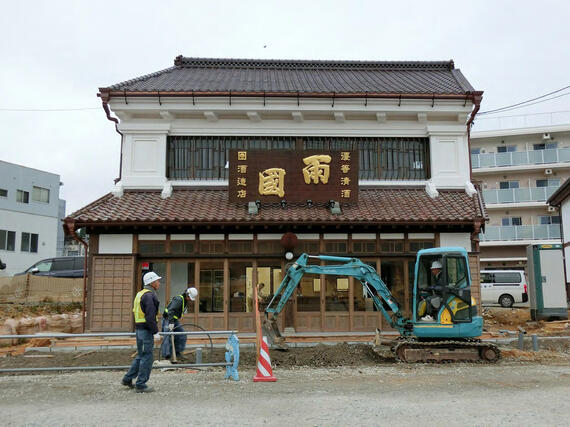
On March 11, 2011, almost 30 kilometers below sea level, in the depths of the Pacific Ocean off the coast of Japan, the earth started shaking. It was the beginning of what came to be called the Great East Japan Earthquake, one of the largest in the history of Japan. Reaching a magnitude of 9.0 on the Richter scale, it was one of the four biggest earthquakes in the world since 1900. It shook so hard that Japan’s main island, Honshu, was displaced by up to four meters and the entire planet was physically shifted on its axis by more than ten centimeters. The quake produced waves 40 meters high that crashed onto the Japanese coast, claiming over 18,000 human lives and robbing nearly half a million people of their homes. Of all the impacted areas, the Miyagi prefecture was hit hardest, accounting for 60% of all casualties.
The damage was particularly severe in Miyagi’s coastal city of Kesennuma. There, the earthquake and its aftermath claimed over 1,400 lives and endangered the historic townscape. “The water damage was far beyond what I had imagined. It looked too serious to restore,” remembers Mitsuo Inagaki, WMF’s regional representative in Japan. Kenzo Onodera, owner of the Onoken Store, which was later restored by WMF, described how the extent of the damage took a toll on morale and hope. “After the disaster, I started to give up on preserving the Dozo [the storehouse], even though it had been handed down over generations,” he said. Owners of cultural properties across the city expressed similar feelings.
The tsunami was especially devastating to the bay area, which lost many historic structures. In a city that had worked hard to overcome the loss of its urban district to fire in 1929, becoming one of the leading commercial fishing port towns in Japan, the 2011 earthquake was a particularly painful blow to the community.
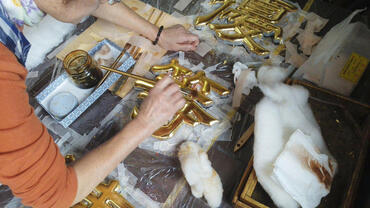
After the disaster, Kesennuma was included alongside other towns in the area as part of the East Japan Earthquake Heritage Sites on the 2012 and 2014 World Monuments Watch. WMF designed the Kesennuma Historic Cityscape project to help restore and revitalize the bay area as a driver of local economy and community spirit. “The preservation of cultural properties is really supported by a feeling of caring for others,” explained the late Satoshi Yamato, then Councillor on Cultural Properties. “I’d like to be engaged in this community rebuilding effort until the end.” Seiko Takeyama, owner of the Takeyama historic building, said it was through calls for support to save the site that he discovered its value as “a treasure for many.”
In collaboration with the Kesennuma Kazamachi Cityscape Preservation Association for Community Recovery (KKCPA), WMF focused on the restoration of six buildings including machiya (traditional townhouses), dozo (traditional storehouses), and examples of Kesennuma’s landmark early modern architecture in the inner bay area. The six buildings, all nationally registered Cultural Properties, were unique in appearance, culturally important, and at the greatest risk of collapse. Furthermore, each of them was continuously owned by the same family since construction. This contributed greatly to the owners’ determination to save the sites. “People want to experience Kesennuma’s history and culture in their daily lives,” explained Mitsuo, who led the WMF project implementation, “not just use its cultural heritage as tourism assets.”
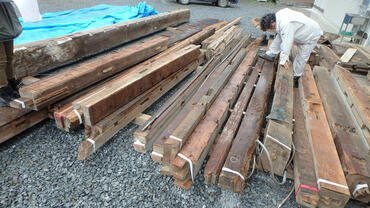
Using as much of the original materials as possible, the historic houses were slowly rebuilt in parallel with broader disaster risk reduction initiatives. All but one have now been restored, with the final house set to be completed by the Great East Japan Earthquake’s tenth anniversary in 2021.
WMF is grateful to The Freeman Foundation and American Express for their support of our work. We also recognize the support of Hermès in helping to rebuild the community. All six historic houses are now used partially as public spaces and host an art gallery, a museum of Kesennuma’s fishing history, and a community event space. “This building was built by my grandfather and loved locally,” explained Takeshi Chida, owner of Chida House, one of the sites restored by WMF. “If I had the chance to preserve it, I thought it must be something I should do in return for the support I got from the community. It would be great if we could rebuild the community with preserved heritage.”
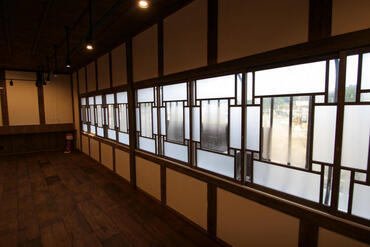
“This building was built by my grandfather and loved locally,” explained Takeshi Chida, owner of Chida House, one of the sites restored by WMF. “If I had the chance to preserve it, I thought it must be something I should do in return for the support I got from the community. It would be great if we could rebuild the community with preserved heritage.” The city of Kesennuma and the KKCPA plan to unite the houses into a collective Kesennuma Heritage Museum. The community’s rebuilding has also had significant effects on Kesennuma’s activity and economy. The city’s fishing industry recovered by 80% and tourism numbers are back to pre-earthquake levels, with about 2.5 million visitors a year. “How buildings could be used to rebuild our community is not necessarily known yet,” concluded Yoko Takeyama, Seiko Takeyama’s daughter, “but we want to join forces and move forward. Step by step.”

